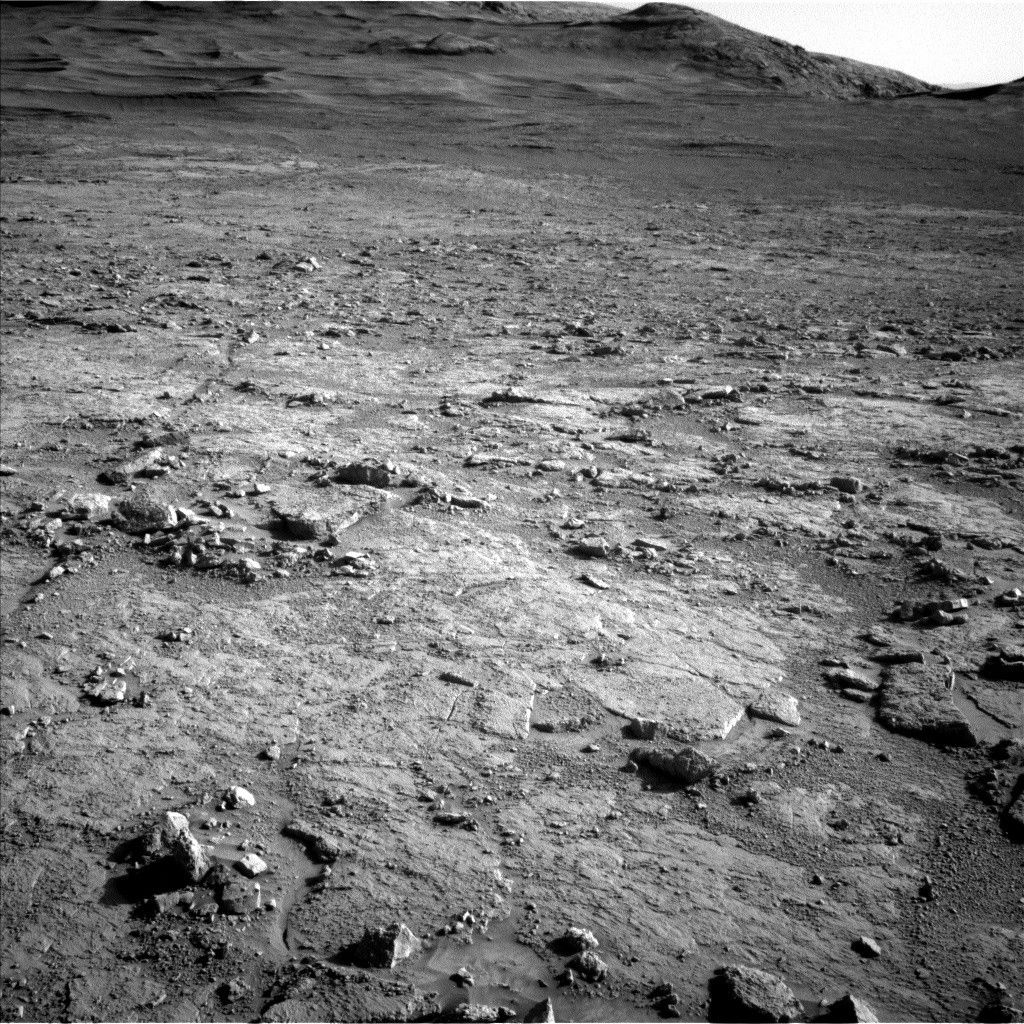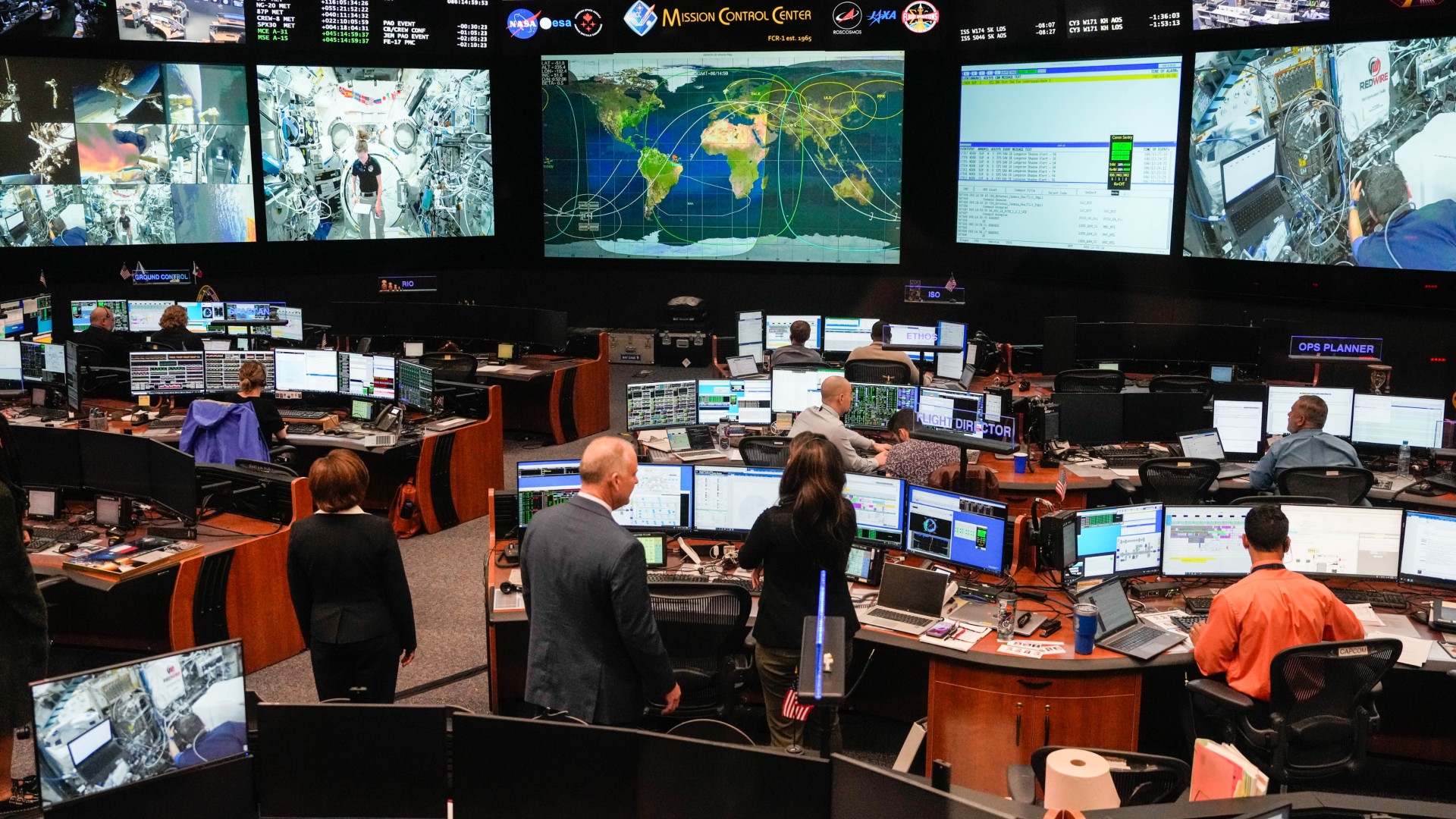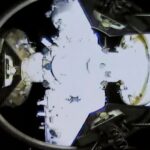Curiosity Navigation Curiosity Home Mission Overview Where is Curiosity? Mission Updates Science Overview Instruments Highlights Exploration Goals News and Features Multimedia Curiosity Raw Images Images Videos Audio Mosaics More Resources
Hot Posts262- Page
As NASA partners with American industry to deliver science and technology payloads to the Moon, a dedicated team behind the scenes ensures every mission is grounded in strategy, compliance, and
3 min read Preparations for Next Moonwalk Simulations Underway (and Underwater) By Beth Ridgeway NASA’s Student Launch competition celebrated its 25th anniversary on May 4, just north of NASA’s Marshall
Texas is positioning itself at the forefront of human spaceflight research with a $1 billion proposal to upgrade NASA’s Johnson Space Center, preparing the facility to support long-duration missions to
For space fans, June has something extra to enjoy, as NASA recently released “Cosmic Dawn,” a new “intimate access” documentary all about designing and assembling the James Webb Space Telescope.
There may be no total solar eclipse this year, but June 10, 2025, is a landmark event of sorts for eclipse chasers worldwide — the halfway point between the last
And then there were 26 more. SpaceX again grew its broadband internet constellation on Thursday (June 12), launching a new batch of Starlink spacecraft from California into its group of
President Trump’s recent bombing of Iran’s nuclear sites marks a major turning point in the maintenance of global security. With war again erupting in the Middle East, the United States
Asteroid 2024 YR4, once considered the highest impact risk to Earth ever recorded, is back in the spotlight — this time due to a slight increase in the chance that
Enabling & Support 16/06/2025 2339 views 23 likes Today, the European Space Agency’s Proba-3 mission unveils its first images of the Sun’s outer atmosphere – the solar corona. The mission’s
-
 012024 in Review: Highlights from NASA in Silicon Valley
012024 in Review: Highlights from NASA in Silicon Valley -
 02Panasonic Leica Summilux DG 15mm f/1.7 ASPH review
02Panasonic Leica Summilux DG 15mm f/1.7 ASPH review -
 03How New NASA, India Earth Satellite NISAR Will See Earth
03How New NASA, India Earth Satellite NISAR Will See Earth -
 04And Thus Begins A New Year For Life On Earth
04And Thus Begins A New Year For Life On Earth -
 05Astronomy Activation Ambassadors: A New Era
05Astronomy Activation Ambassadors: A New Era -
06SpaceX launch surge helps set new global launch record in 2024
-
 07Space Force plans new ‘Futures Command’ amid pressure to speed up modernization
07Space Force plans new ‘Futures Command’ amid pressure to speed up modernization














